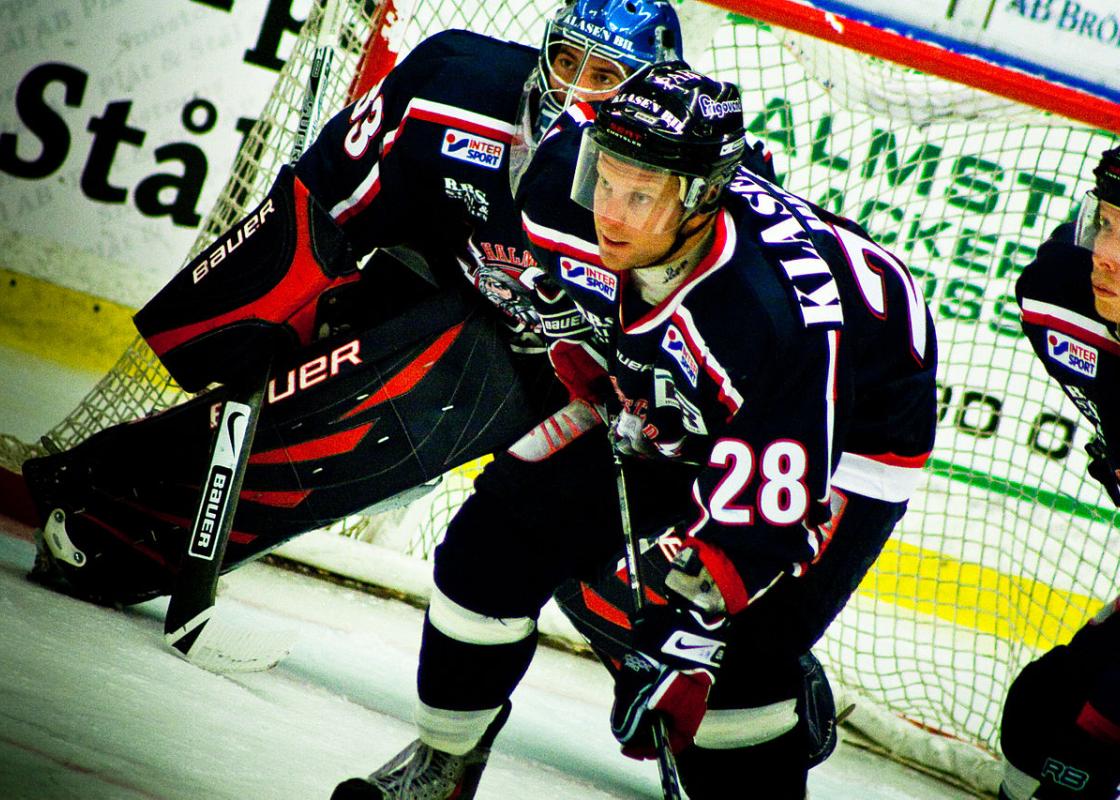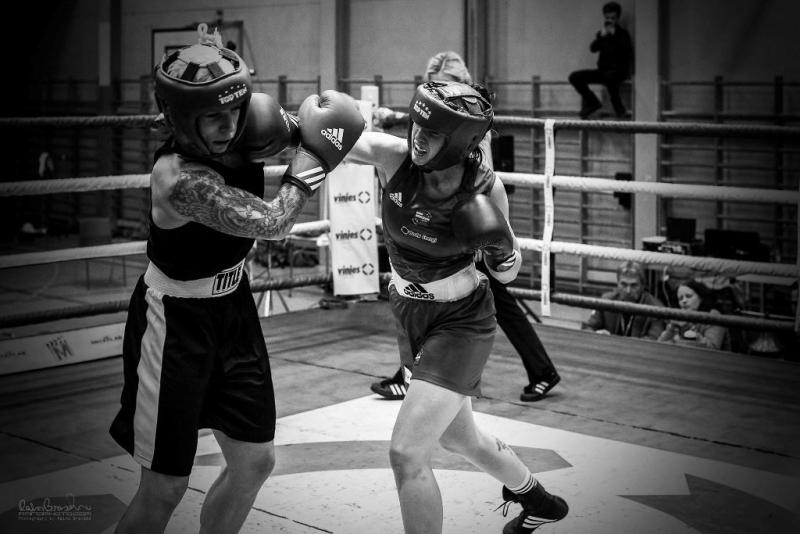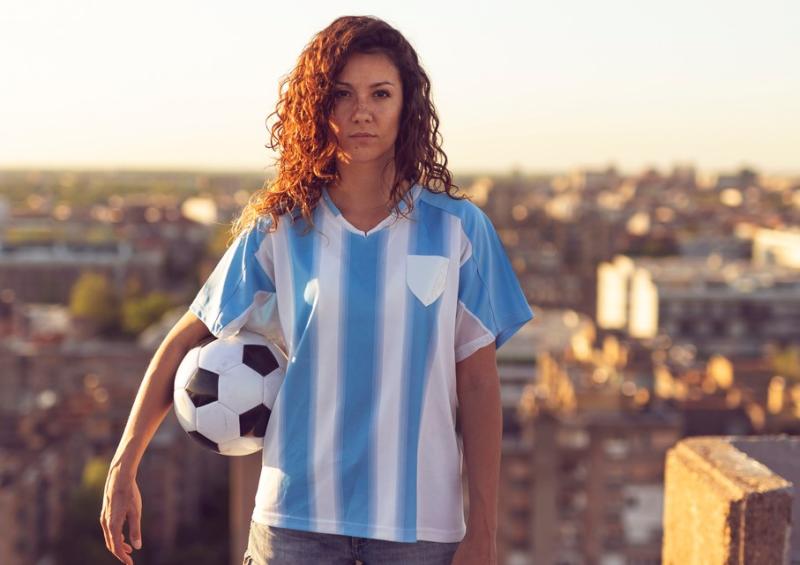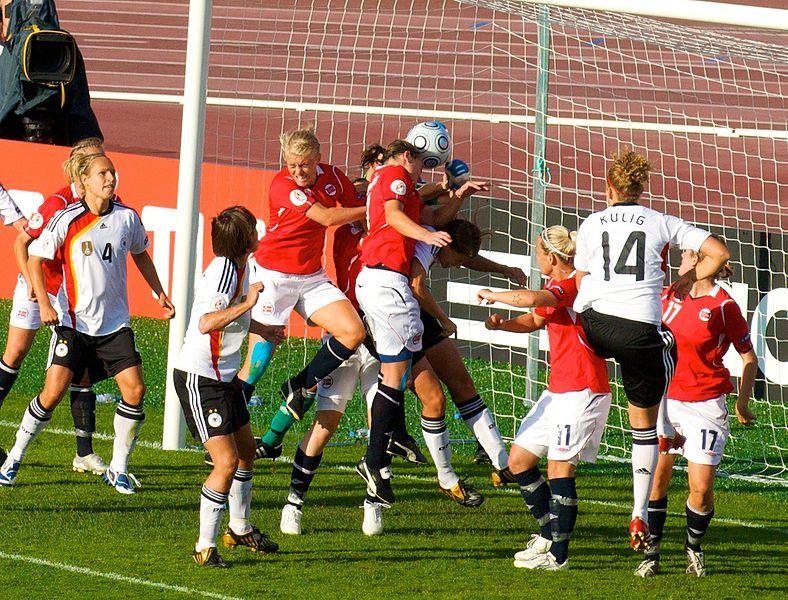Ice hockey is a sport that's heavily associated with traditional ideals of masculinity. Players go all out physically, aggressively colliding with each other on the field. It's not uncommon to see players toss aside their gloves and helmets and engage in direct confrontations with their opponents, only to show up for post-game interviews with bruises, a black eye, or even a missing tooth.
A lot of the research on how masculinity manifests itself in ice hockey comes from the United States and Canada. The studies reveal a culture that's not only tough on the ice but also behind the scenes. Players often come across as arrogant party animals who objectify women, make derogatory comments about gays, and lead reckless lives filled with heavy drinking.
Strong aggressive party boys
Nord University researchers recently conducted a study on the different forms of masculinity in Norwegian and Swedish ice hockey, to obtain a more nuanced understanding of today's ice hockey players.

“Ice hockey is a hugely popular and commercialised sport in North America, which often conjures up stereotypical images of strong and aggressive party boys," says Anne Tjønndal.
Tjønndal is the lead author of the article "Hockey Dads, Party Boys, and Devoted Players?", which was published in December 2022.
"Our goal was to add nuance to the prevailing notion of masculinity among male ice hockey players."
Together with Frida Austmo Wågan and Daniel Alsarve, Tjønndal examined how ice hockey players in Norway and Sweden present themselves on social media. They were particularly interested in representations of masculinity and wanted to investigate expressions of hegemonic masculinity.
"We drew on Raewyn Connell's definition of hegemonic masculinity, which puts forward the notion that some expressions of masculinity rank higher than others and dominate both women and men. Examples of this include emphasising traits such as strength and aggression."
"Is that similar to toxic masculinity?
"Exactly. There are probably some similarities between what's commonly referred to as toxic masculinity and the concept of hegemonic masculinity."
Tjønndal explains that the study's findings provide a more nuanced view of ice hockey as a sport dominated by hegemonic masculinity.
"I was surprised to see that many Norwegian ice hockey players shared quite personal photos that showed a different way of understanding masculinity."
Swedish players have more followers
The researchers carried out a quantitative content analysis of the most recent 100 Instagram posts of 21 players from Vålerenga Ishockey and Frölunda HC, the most followed clubs in Norway and Sweden, respectively. They examined a total of 1580 posts and analysed photos, captions, comments, and likes.
There was a significant difference between Norway and Sweden. Ice hockey is a national sport in Sweden and has a larger degree of professionalisation and commercialisation compared to Norway. As Tjønndal puts it, "The data clearly demonstrate this."
They emphasise physicality, strength, parties, and attractive partners.
"Swedish players tend to have more followers and they post more frequently than their Norwegian counterparts," she says. "Moreover, the content of Swedish players' posts is more in line with what North American studies have shown. They emphasise physicality, strength, parties, and attractive partners – who are, of course, women. In contrast, there is greater variation in the Norwegian sample."
"What we also see is that Swedish players’ social media posts are more similar to what we find in North American studies.
There is a large difference in the number of followers the players have. The most followed account has over 30,000 followers, while the least followed has 946.
How would you compare players with a large number of followers, who could almost be described as influencers, with those who have more personal and less active accounts?
"There are significant differences between the two. Those who are close to being influencers have highly professionalised accounts, complete with sponsorship deals and a wealth of sports-related content. If they share any personal content, you imagine that it's likely been very carefully planned and curated," Tjønndal explains. "It's also fascinating to look at how masculinity is expressed: what do players believe is marketable when building their social media brands?"
Norwegian players more often post about their family
According to Tjønndal, "a range of expressions of masculinity can be seen – especially among older Norwegian players – that include more intimate and personal representations of the players."
"The adult Norwegian ice hockey players have several posts and pictures about their families, children, love and closeness. While this still fits within a heterosexual framework, it expresses a sense of softness and intimacy that is entirely different from what we see in the Swedish data."
"And what about younger Norwegian players?"
"They're more similar to the Swedish players, except that the Swedes are more active on Instagram."
The researchers' findings suggest that professionalising and commercialising ice hockey leads to narrower and more traditional expressions of masculinity. Tjønndal points out that it's too soon to draw this conclusion firmly, and that more research is needed.
"Our study is based on a limited dataset from ice hockey players in Norway and Sweden, so it's a bit premature to draw conclusions. Nonetheless, our data does suggest that commercialisation affects how masculinity is expressed in ice hockey."
Opposite in football
Arve Hjelseth, a professor of sports sociology at NTNU, finds the study intriguing and believes that it is crucial to study different forms of masculinity in sports.

"It's an interesting study since hockey is heavily associated with traditional masculinity due to its rough nature. People have long perceived the sport's toughness and grittiness as a defining characteristic of masculinity," explains Hjelseth.
He finds the hypothesis that commercialisation narrows the scope of masculinity intriguing, and explains that it’s in stark contrast to what happened in football.
"It's fascinating if this holds true for hockey, as it's the complete opposite for football. In contrast, the unbridled commercialisation of football during the 1990s helped broaden the scope of masculinity among players," he states.
"The sport became more accessible to a broader audience, attracting new viewers. This opened the door to metrosexual icons such as David Beckham, who represented a completely different form of masculinity than what was prevalent in football prior to the 1990s."
Hjelseth highlights that sport has a huge influence on popular culture, and that sports stars have a considerable influence on their supporters. It is therefore crucial to delve deeper into the creation and constraints of identity forms across various sports.
Restraining expression is problematic
For Tjønndal, Wågan, and Alsarve, it was crucial to provide a nuanced perspective of masculinity in ice hockey, beyond what the North American studies suggest.
"Is it problematic if hockey players exhibit a tough and aggressive form of masculinity?" Tjønndal asks.
Our goal was to provide a more nuanced view of different expressions of masculinity in ice hockey.
"It’s only problematic if it restrains other forms of masculinity and other players are excluded, particularly gay ice hockey players."
“There is a diverse range of masculinities, just as there is a broad range of femininities, and that needs to be embraced,” she explains.
"The problem is if one expression of masculinity becomes dominant to the point that alternative expressions are suppressed, or where alternative expressions are downplayed to attract sponsorship deals."
"Our goal was to provide a more nuanced view of different expressions of masculinity in ice hockey, and we are encouraged by the positive finding that change is taking place."
A longer version of this article was first published in Norwegian.



